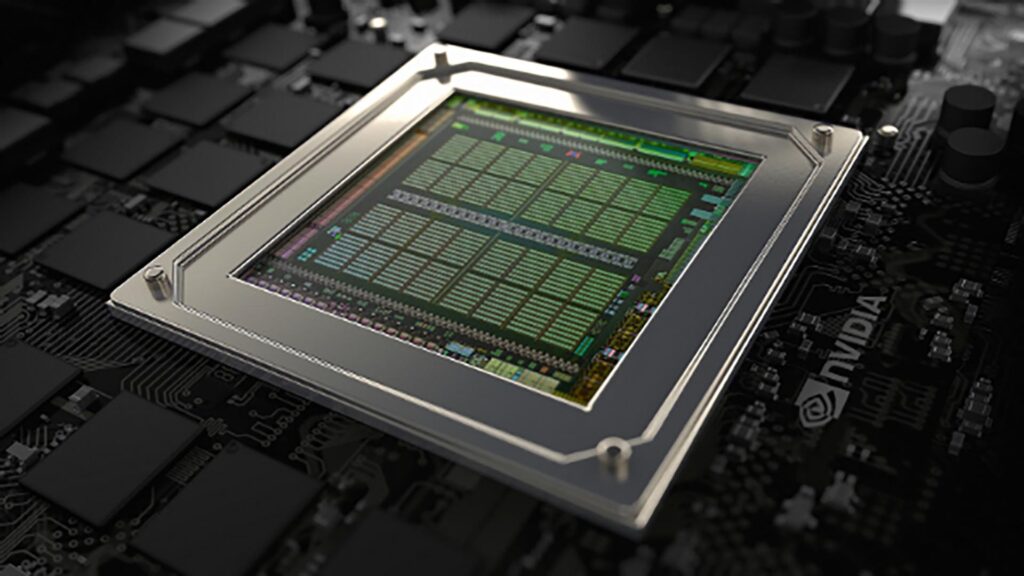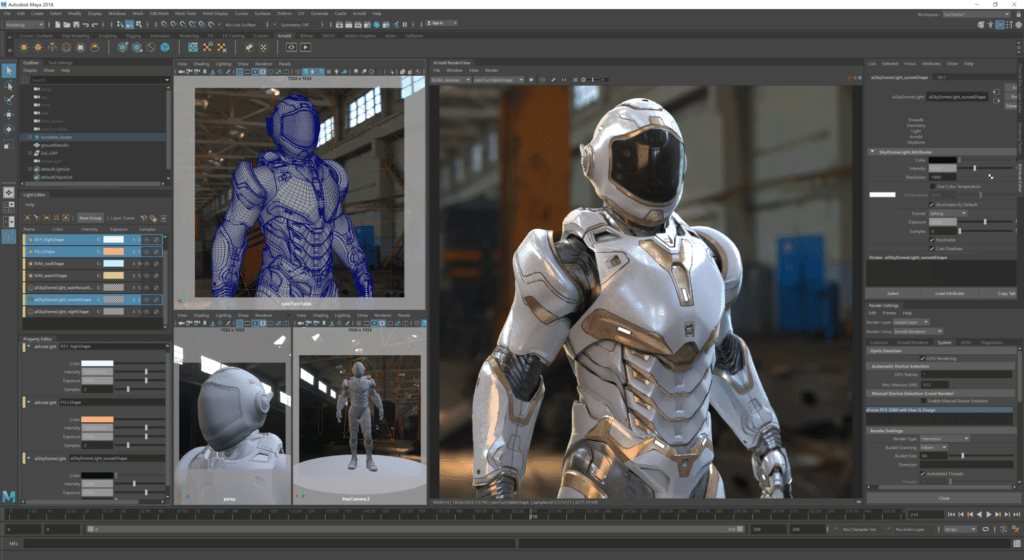If you’re a gamer or someone who works with intensive graphics, you’re probably familiar with CUDA cores. These little powerhouses play a crucial role in the performance of graphics cards, but not everyone knows exactly what they do and why they’re important. In this article, we’ll take a closer look at CUDA cores and how they impact graphics card performance.
What are CUDA Cores & It’s Importance
CUDA is an acronym for Compute Unified Device Architecture, and it’s a parallel computing platform developed by NVIDIA. CUDA cores are essentially the processing units that make up the graphics processing unit (GPU) of an NVIDIA graphics card. Think of them as tiny processors that work together to carry out the computations required to render images, videos, and other graphics-intensive tasks. Each CUDA core can execute multiple instructions simultaneously, making it possible to perform thousands of computations in parallel. This is what gives NVIDIA graphics cards their edge when it comes to performance in graphics-intensive applications.
The more CUDA cores a graphics card has, the more computations it can perform simultaneously. This translates to faster rendering times and smoother performance in graphics-intensive applications like gaming, video editing, and 3D modeling. For example, the NVIDIA GeForce RTX 3080 graphics card has 8,704 CUDA cores, while the NVIDIA GeForce GTX 1650 has only 896 CUDA cores. This means that the RTX 3080 can perform over 9 times as many computations simultaneously as the GTX 1650, making it significantly faster and more powerful. However, it’s important to note that CUDA cores aren’t the only factor that determines graphics card performance. Other factors like clock speed, memory bandwidth, and memory capacity also play a role. But CUDA cores are a critical component that can make a big difference in overall graphics card performance.
For gamers, CUDA cores are especially important. Gaming is one of the most graphics-intensive applications out there, and the more CUDA cores a graphics card has, the better it will be able to handle the demands of modern games. Games like Cyberpunk 2077 and Red Dead Redemption 2 require a lot of processing power to render their detailed environments and characters. Without enough CUDA cores, graphics cards may struggle to keep up with the demands of these games, leading to stuttering, lagging, and other performance issues.
CUDA Cores for Video Editing and 3D Modeling
CUDA cores are also critical for video editing and 3D modeling applications. These types of applications require a lot of processing power to render high-resolution videos and complex 3D models. Without enough CUDA cores, graphics cards may struggle to keep up with the demands of these applications, leading to slow rendering times and other performance issues. NVIDIA has recognized the importance of CUDA cores for these types of applications and has developed specialized graphics cards specifically for video editing and 3D modeling. These cards, like the NVIDIA Quadro and NVIDIA Titan, have significantly more CUDA cores than their gaming-focused counterparts, making them ideal for professionals who require the highest levels of graphics processing power.
CUDA cores are a critical component of graphics card performance. They allow graphics cards to perform thousands of computations simultaneously, making them ideal for graphics-intensive applications like gaming, video editing, and 3D modeling. While CUDA cores aren’t the only factor that determines graphics card performance, they are a crucial component that can make a big difference in overall performance. When choosing a graphics card, it’s important to consider the number of CUDA cores it has, along with other factors like clock speed, memory bandwidth, and memory capacity.



